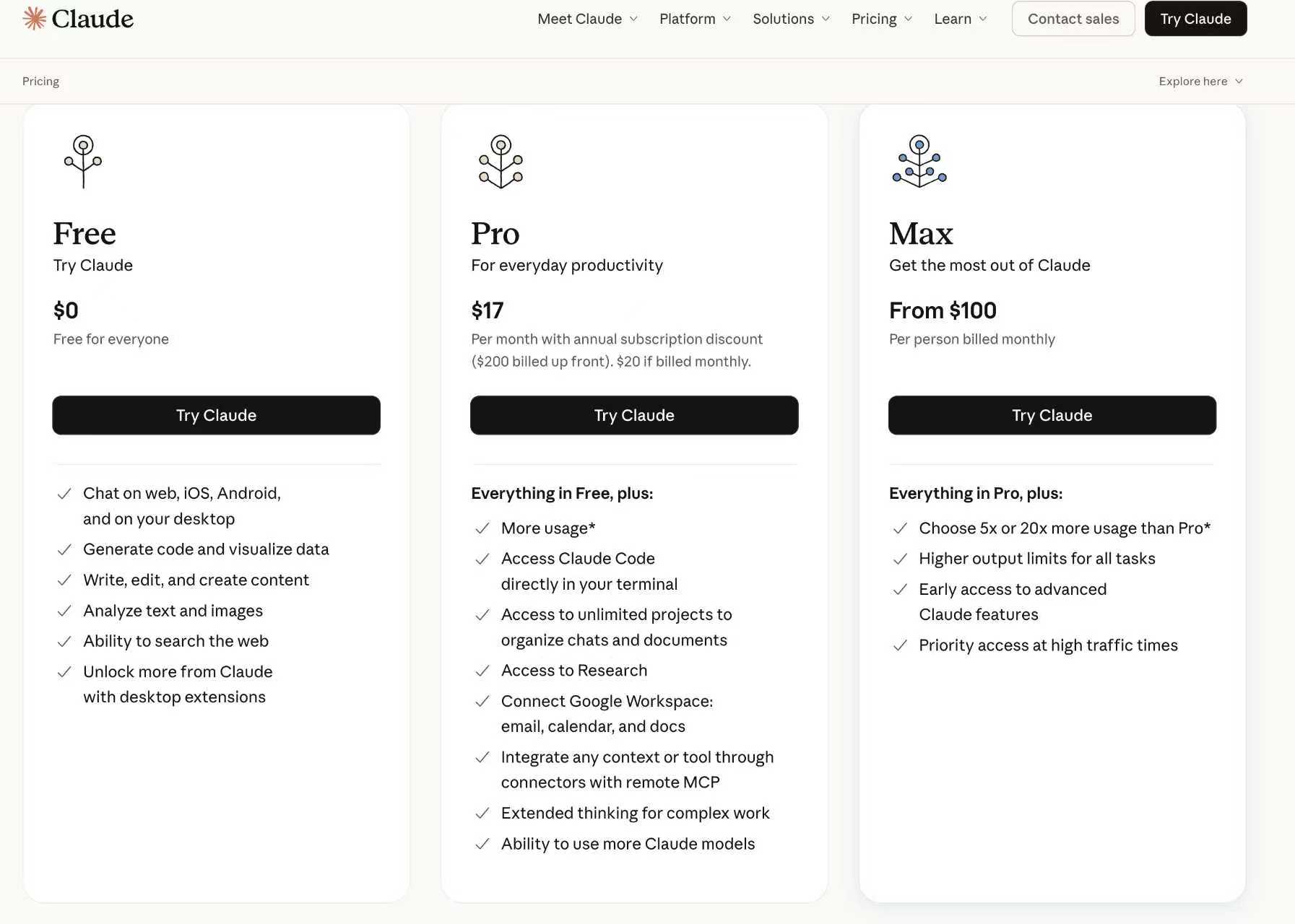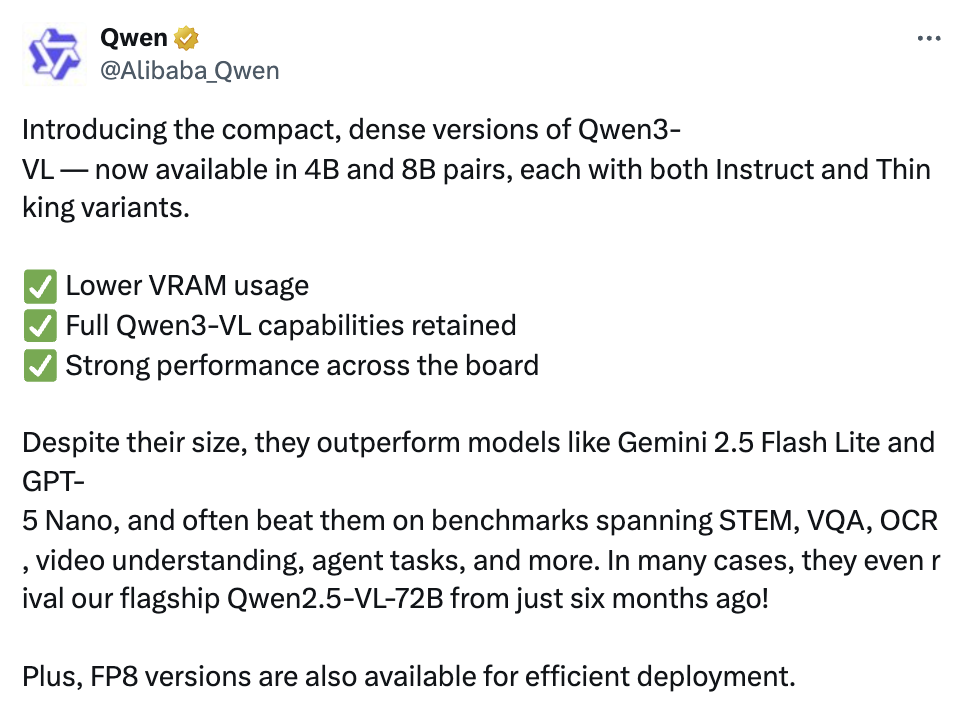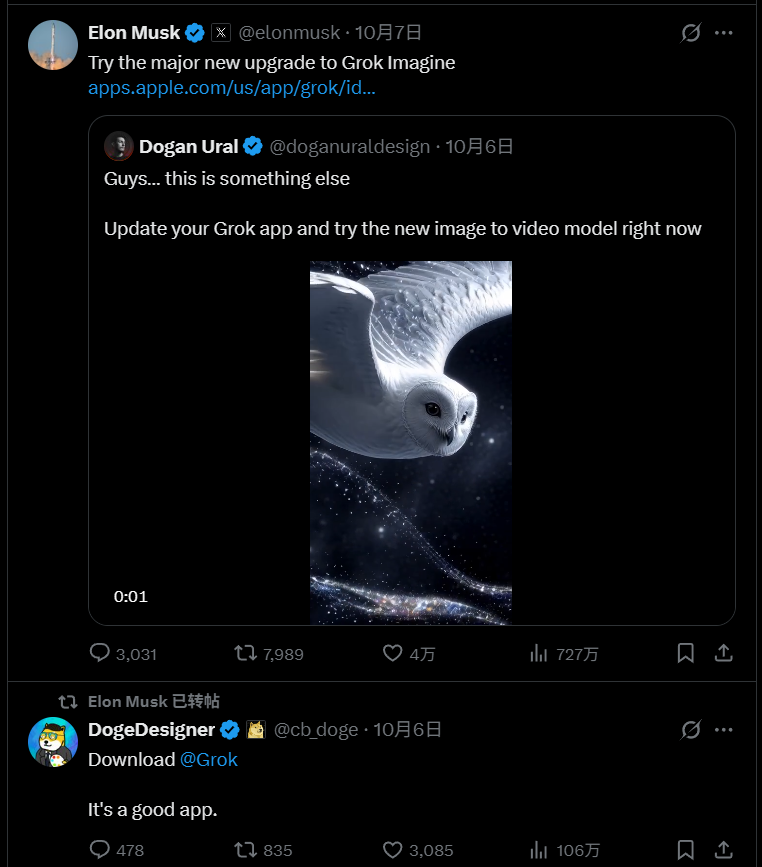Hands-On Test! New 28 Minutes/Day vs. Old 80 Hours – Have We Been ‘Backstabbed’ by Anthropic?

A few days ago, Anthropic’s Claude 3 quietly updated its payment strategy, sending shockwaves through the entire community of AI “digital laborers” and content creators.
I’m seeing floods of complaints across my social circles. The once-hailed “King of Long-Form Text” has, overnight, become a “Compute Miser.” Without exaggeration, this adjustment is nothing short of a “commercial backstab” for individual freelancers and small studios who rely on AI for large-volume creative output.
This is not a simple price change; it’s a complete chokehold on our creative workflow.
I. The Shock of the Numbers: From “Unlimited Chat” to a “Ticking Clock”
Let’s first look at a heartbreaking comparison of the numbers.
In the old Claude Pro era (around $20/month), usage was practically limitless, even without an explicit cap. Based on user feedback and real-world experience, high-intensity users could easily clock 80 hours of use per month, processing millions of tokens. That period was truly our “AI Golden Age.”
But now? Under the new strategy, the usage quota for the Opus model is strictly limited to an extremely small total pool.
One dedicated user crunched the numbers: if you want to maintain your previous intensity and frequency of Opus use, your available time per day has been shockingly squeezed down to about 28 minutes!
Core Comparison: Old 80 Hours/Month VS New 28 Minutes/Day.
What can you do in 28 minutes? I open a document, feed it tens of thousands of words of background material, ask it to help me optimize a chapter structure, and maybe after just a few back-and-forth prompts, my quota for the day is exhausted.
The feeling is like renting a high-speed race car and, just as you’re about to floor it, finding that the gas tank has only been filled with a half-liter of fuel.
II. The Crippled Workflow: Why Long-Form Creative Needs Suffered Most
Why does this pricing strategy hit creative writing and long-form content the hardest?
Because our need for context and compute is non-negotiable and the most resource-intensive.
Writing code or short emails might only take a few thousand tokens. But the creative process is built upon “token-feeding” and “context-stuffing”:
-
World-Building and Context: I need to dump tens of thousands of words—the initial novel draft, world settings, and character backstories—into the context window so the AI understands every detail. This requires massive token capacity.
-
Continuous Iteration and Thought Chains: Creativity is not instantaneous. We need to engage in continuous, deep dialogue with the AI, using it as a “sounding board,” “plot architect,” or “editor,” constantly revising, reorganizing, and optimizing. This “long dialogue” is the very lifeblood of creativity.
-
Every Edit Is a Cost: You might revise a plot point five or six times, and every input/output exchange burns tokens. Before, we dared to let the AI “fail wildly.” Now, we are forced to “use it sparingly.”
When you have to constantly worry about “going over the limit” with every thought, and are forced to “chop long texts into short conversations” just to manage the cost, your creative workflow is involuntarily stalled, interrupted, and ultimately degraded. This is no longer creative assistance—it’s creative torture.
Thus, for those of us pursuing efficiency and deep creation, the only choice is to flee overnight in search of the next high-value alternative.
III. The Business Logic and Our Takeaways from This “Exodus”
From Anthropic’s business perspective, their action is inevitable—compute is a scarce resource, and the cost of long-form text is astronomical.
Their goal with this price hike and usage restriction is clear: to squeeze out high-consumption, low-revenue individual users and reallocate resources to genuine enterprise clients who can pay a premium for high-value results.
Regrettably, we, the high-intensity, low-cost individual creators, are the ones being sacrificed.
But for me personally, this serves as a crucial wake-up call:
We cannot afford to tie our core productivity to the ever-changing “policies” of any single company.
When AI becomes too expensive to use, we must sharpen our own “creative core” again.
This “compute war” forces us to rethink: Which tasks must be handed over to an AI model? And which truly valuable, differentiating “moments of brilliance” must be anchored back in the human mind, in our own experience and deep thought?
AI is merely a tool. It should not be the entirety of our thinking. When the cost of the tool becomes unbearable, we must retain the ability to switch tools—or even work without them.
Share your thoughts: What did you accomplish during your “Claude 3 Opus Golden Age”? And where are you planning to “flee” to now—DeepSeek, Gemini, or simply reducing your AI dependence?



